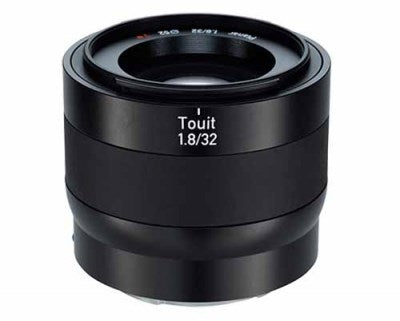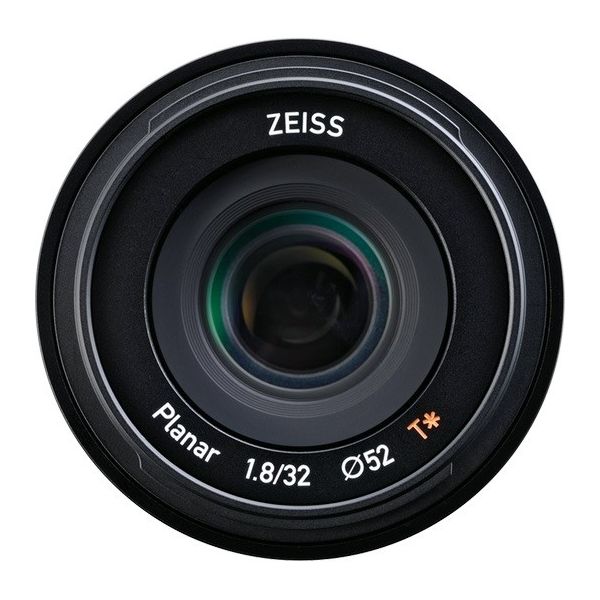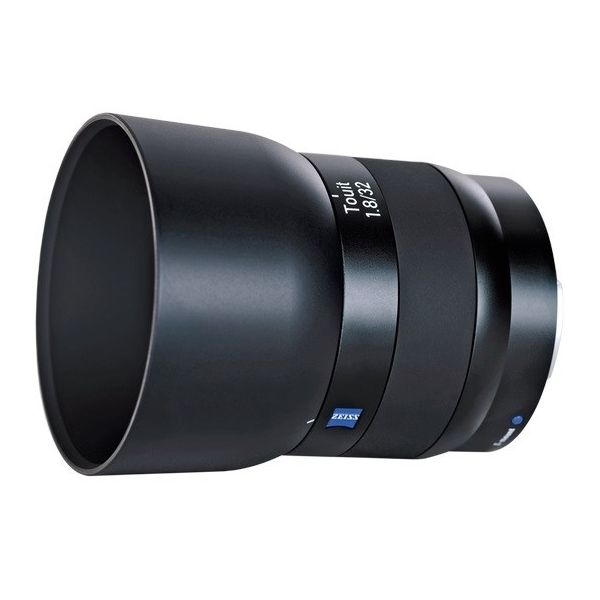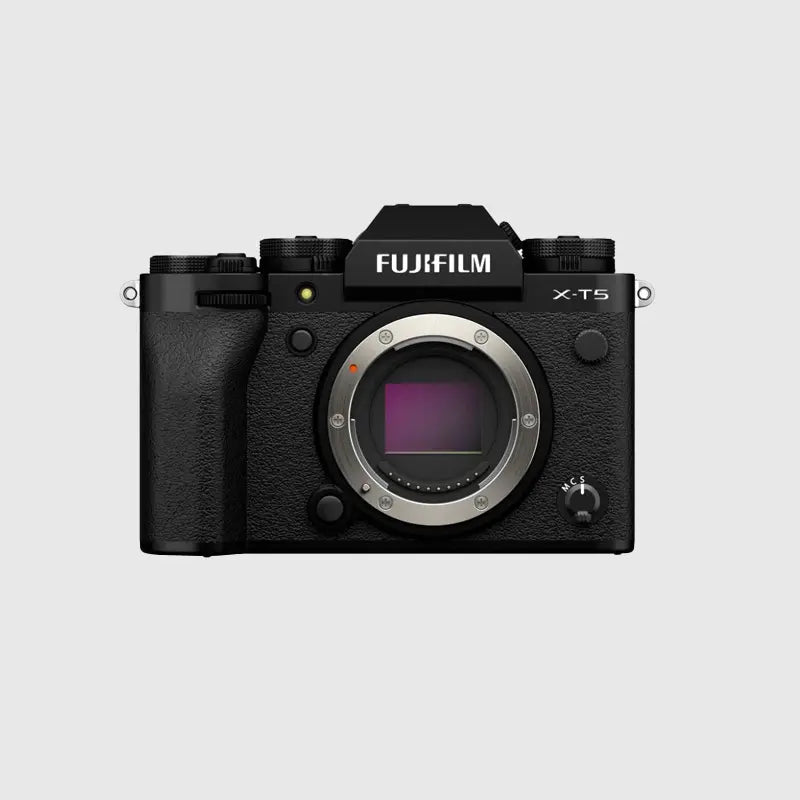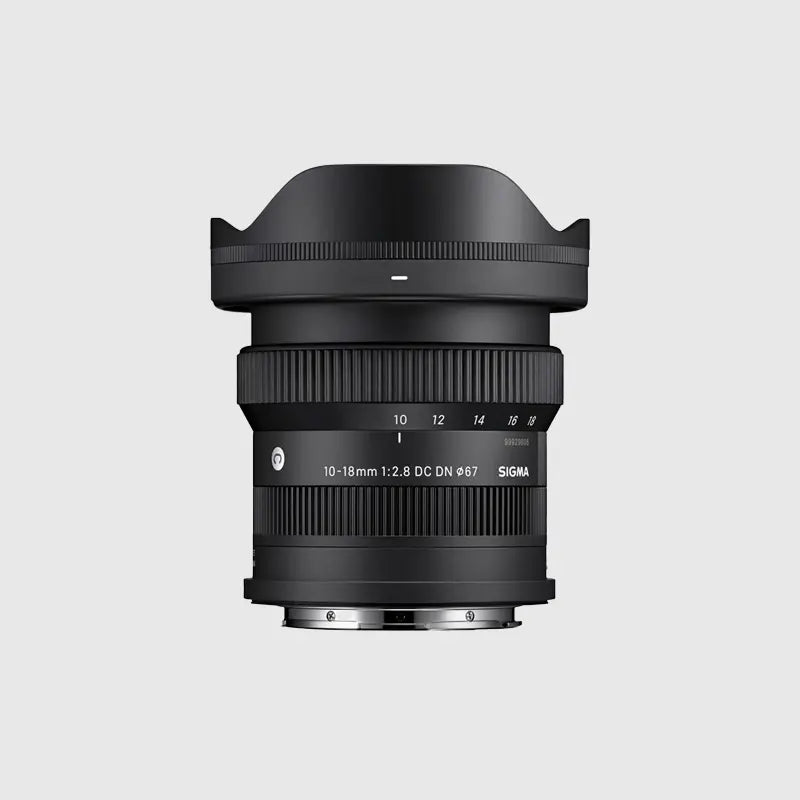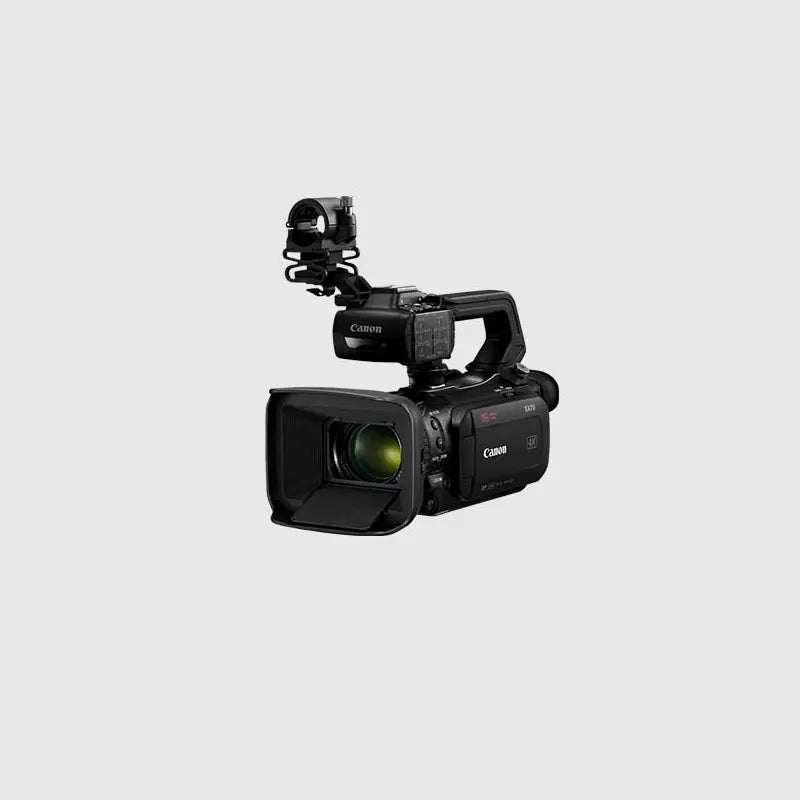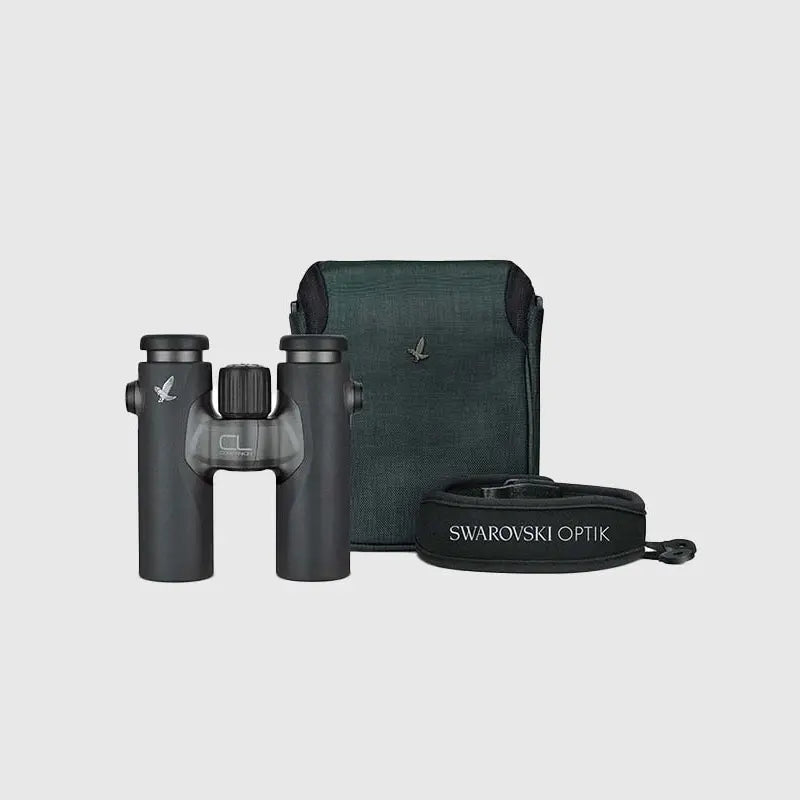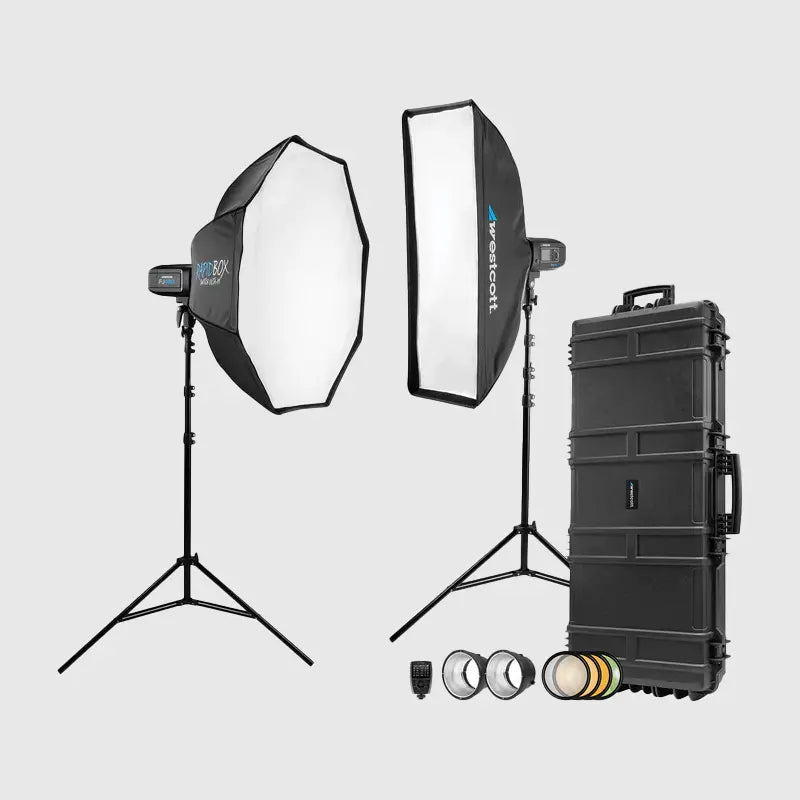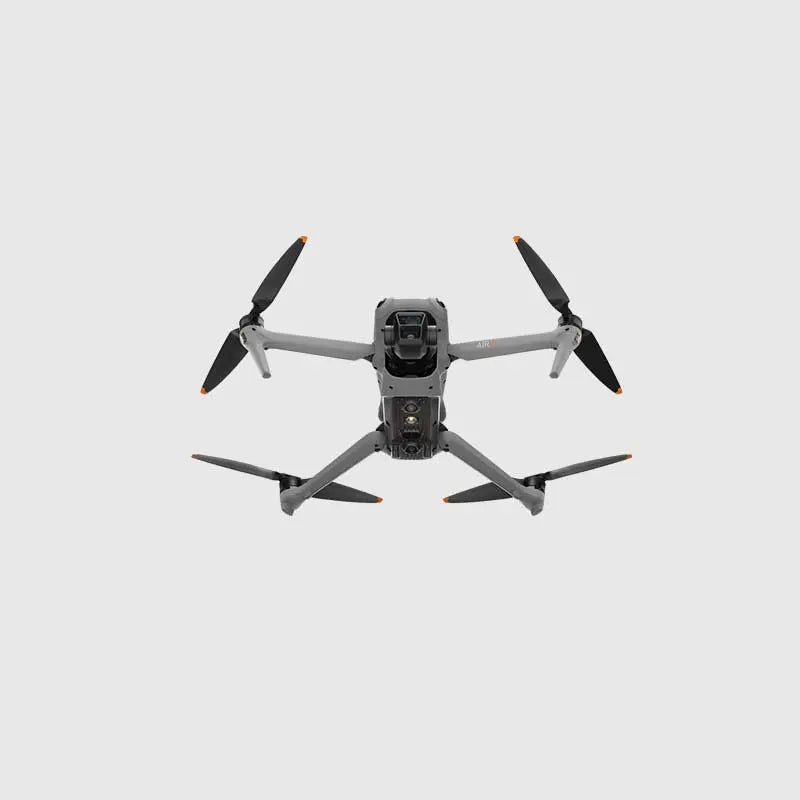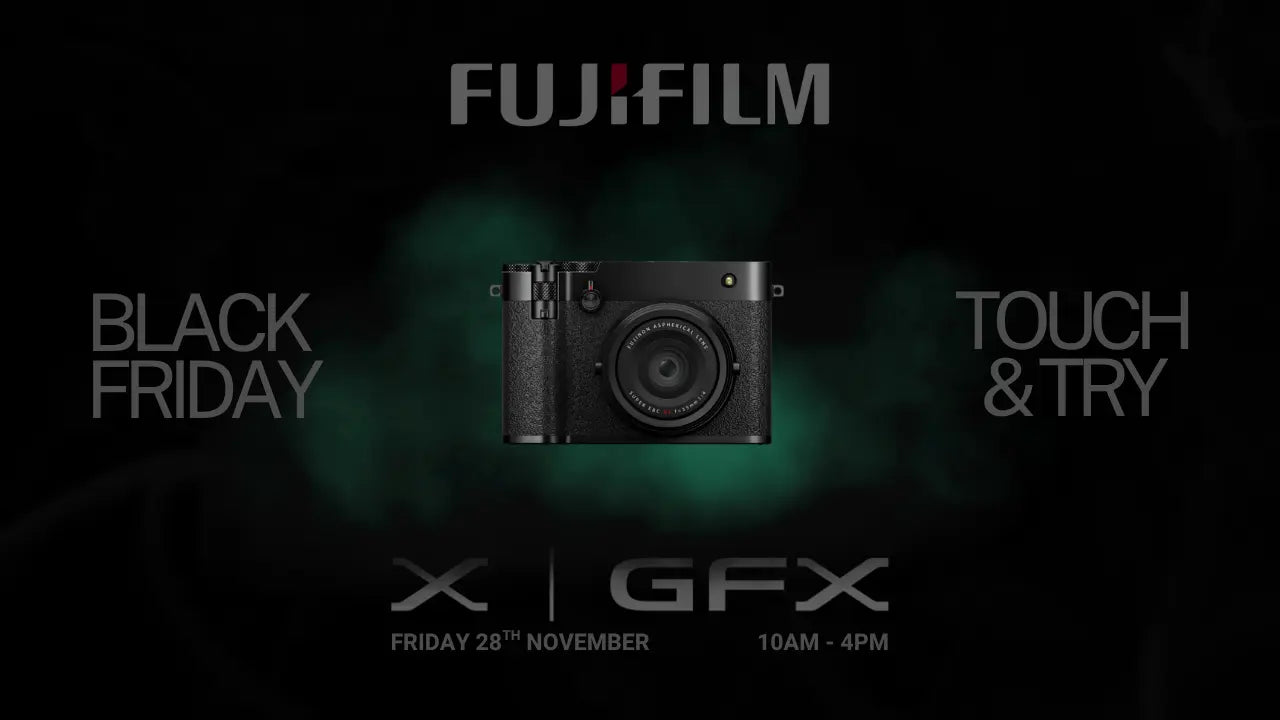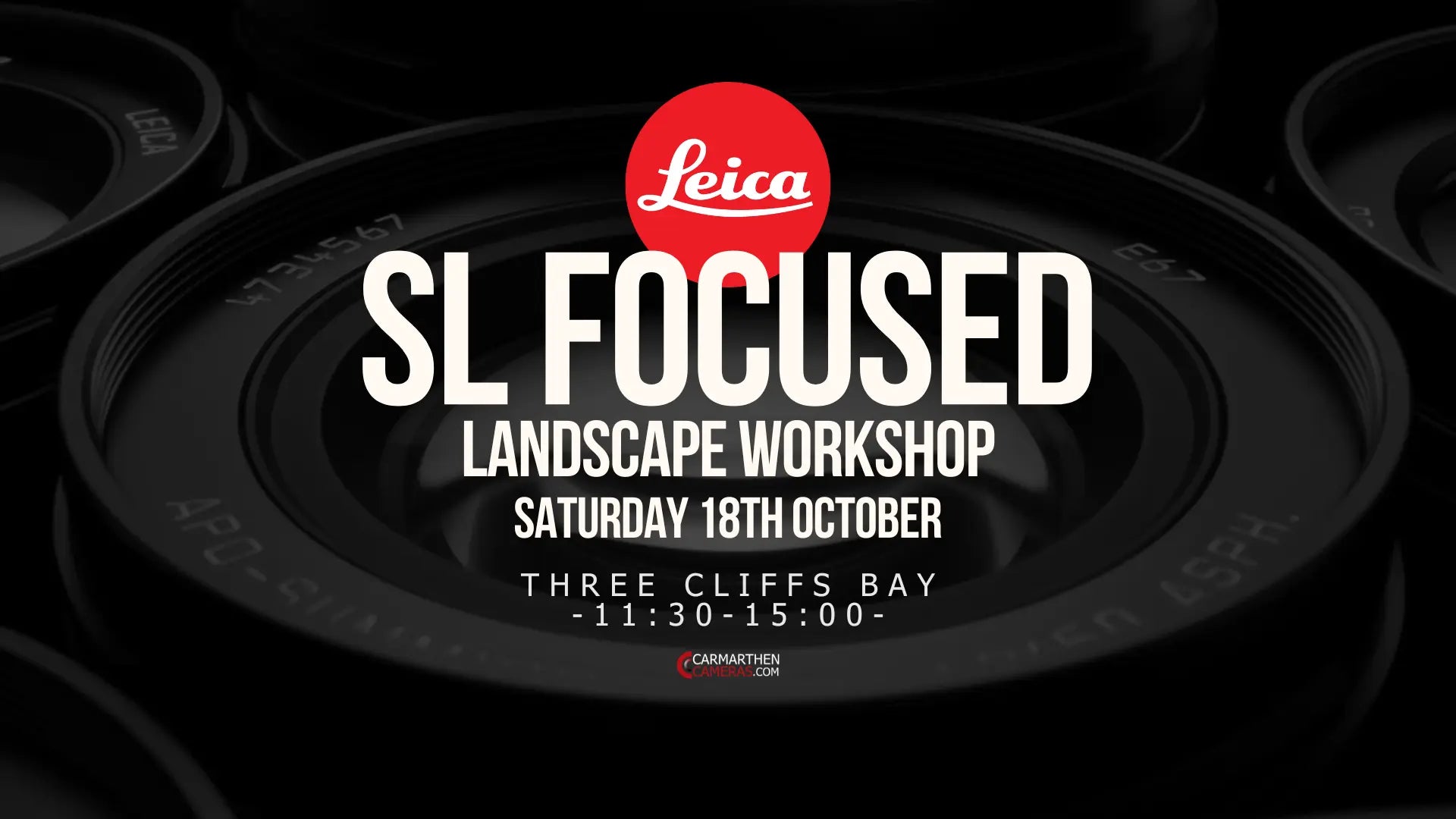Product Description
ZEISS Touit 32mm f/1.8 Lens for Sony E-Mount (APS-C)
Compact, Bright, and Beautifully Balanced – A Prime Standard for Everyday Creativity
The ZEISS Touit 32mm f/1.8 is a high-performance standard prime lens designed specifically for Sony E-mount APS-C mirrorless cameras. With a focal length equivalent to 48mm on a full-frame sensor, it mirrors the natural perspective of the human eye — making it perfect for portraits, street scenes, travel, and everyday photography. Lightweight, razor-sharp, and beautifully crafted, this lens delivers professional-quality results with artistic control and optical precision.
The Perfect Standard Prime for APS-C
With a 35mm equivalent focal length of 48mm, the Touit 32mm f/1.8 offers a natural perspective ideal for storytelling. Its wide f/1.8 aperture enables excellent low-light performance and beautifully blurred backgrounds, making it as versatile as it is portable.
Optical & Mechanical Excellence
Planar Design for Exceptional Image Quality
Derived from the legendary Planar optical formula, this six-element design is optimised for today's high-resolution sensors, minimising aberrations and ensuring exceptional sharpness and contrast across the entire frame — even wide open.
ZEISS T* Anti-Reflective Coating
All lens surfaces feature the renowned ZEISS T coating*, enhancing light transmission, minimising flare and ghosting, and preserving contrast in high-glare environments. Whether you're shooting in bright sunlight or backlit conditions, this lens delivers punchy, detailed results.
Ideal for Everyday Creativity
Smooth, Silent Autofocus
Engineered for precision, the internal autofocus motor ensures smooth, silent, and accurate focusing, making it perfect for both stills and video applications. The autofocus system is optimised for Sony NEX and Alpha APS-C mirrorless cameras, with full support for all camera functions.
Nine-Blade Circular Aperture for Dreamy Bokeh
With a nine-blade iris, the Touit 32mm creates a nearly circular aperture, producing soft, creamy background blur that enhances portrait and subject separation beautifully — ideal for drawing attention to your focal point with artistic control.
Thoughtful Design for Everyday Use
High-Quality Build with Premium Materials
-
Robust metal bayonet mount for long-term durability
-
Rubberised focus ring for smooth manual adjustments
-
Flush-fitting lens hood designed to integrate seamlessly with the lens body
-
Clean, minimalist design that reflects ZEISS’s commitment to form and function
Compact and Travel-Friendly
At just 200g, this lens is lightweight enough for daily carry yet durable enough for professional use. It’s a go-anywhere standard lens that excels in every situation — from street photography to landscapes, portraits to product work.
Key Specifications:
-
Focal Length: 32mm (APS-C)
-
35mm Equivalent Focal Length: 48mm
-
Maximum Aperture: f/1.8
-
Lens Mount: Sony E-Mount (APS-C)
-
Format Compatibility: APS-C
-
Autofocus: Yes (smooth and silent)
-
Minimum Focus Distance: 0.3 m (11.8 in)
-
Aperture Blades: 9 (rounded diaphragm for smooth bokeh)
-
Coating: ZEISS T* anti-reflective
-
Weight: Approx. 200g
-
Construction: Full-metal body with precision engineering
Ideal For:
-
Portrait and lifestyle photographers
-
Street and travel photography
-
Food, product, and editorial work
-
Low-light and available-light shooting
-
Everyday use with Sony APS-C mirrorless cameras
A Trusted Standard with ZEISS DNA
The ZEISS Touit 32mm f/1.8 for Sony E-Mount brings together world-class optics, intuitive handling, and beautiful bokeh in a lightweight, everyday lens. Whether you're capturing spontaneous moments or crafting deliberate compositions, this lens helps you see — and share — the world more beautifully.
Payment & Security
Your payment information is processed securely. We do not store credit card details nor have access to your credit card information.

